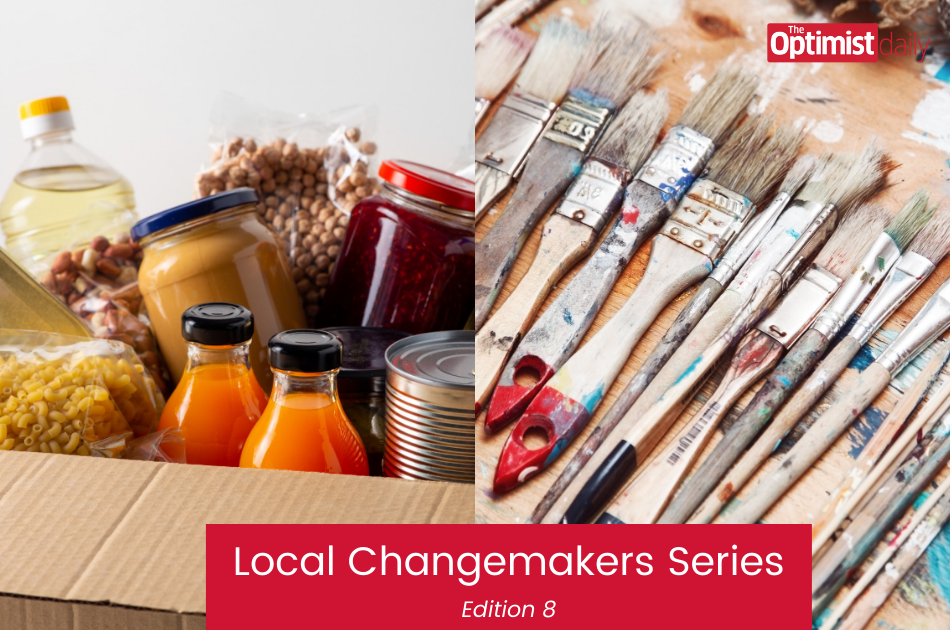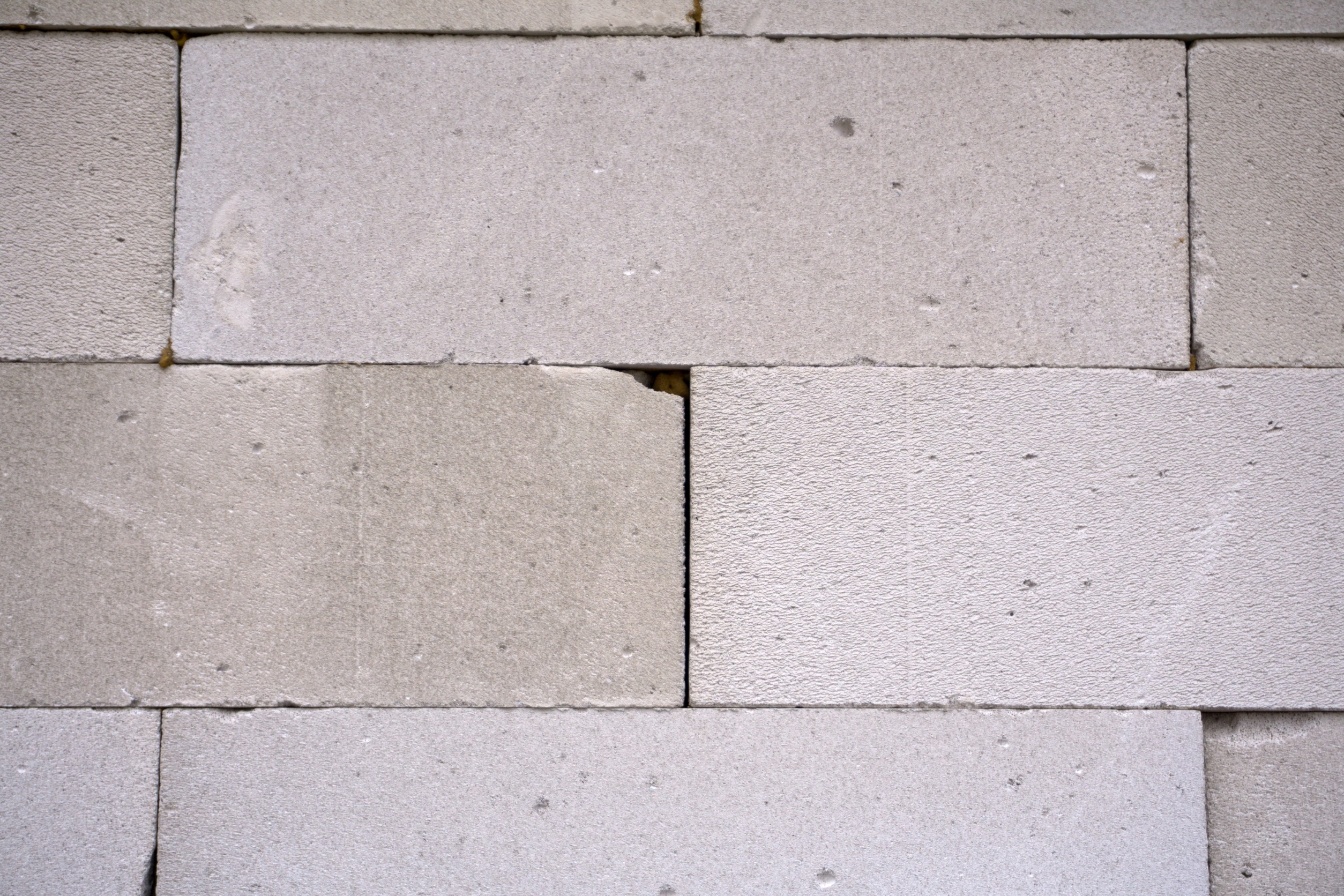We have shared many stories about the importance of maintaining gut and microbiome health. Last week, we discussed how gut health can even contribute to brain health. Natural probiotics, such as yogurt and fermented foods, are great in moderation for maintaining gut health and balance.
One of the most famous fermented foods is sauerkraut, or fermented cabbage. If you’re finding yourself with some extra time on your hands, consider making this gut booster at home from scratch. Here are some of the numerous benefits of the food and a recipe to make it in your own kitchen.
Sauerkraut not only promotes the growth of healthy probiotics, but it also improves digestion and can restore gut bacteria balance after taking antibiotics for an infection. One serving of sauerkraut has been found to contain up to 28 distinct beneficial bacterial strains. It also contains enzymes that help break down nutrients into more easily-digestible molecules.
Fermented foods also improve your immune system. They can prevent gut leakage, reduce the risk of infection, and produce natural antibodies. Cabbage is also high in vitamin C which has immune-boosting properties.
Sauerkraut is high in fiber and low in calories, so it can be a tasty addition to meals when you’re trying to lose weight. Additionally, some studies have even suggested that it reduces the amount of fat your body absorbs from your diet, although these studies are not conclusive.
If you weren’t already convinced, research has also shown that antioxidant plant compounds, like those found in sauerkraut, can prevent DNA damage, prevent cell mutations, and block the excessive cell growth to reduce the risk of cancer. It is also rich in vitamin-K2 which has been shown to reduce the risk of heart disease and build stronger bones.
If you’re buying sauerkraut, avoid pasteurized varieties and those with added preservatives and sugar. If you want to try making your own at home, just follow the simple recipe below. Good luck!
Ingredients
- 1 medium green cabbage
- 1 tablespoon (15 mL) of non-iodized salt
- 2–3 carrots, shredded (optional)
- 2–3 cloves garlic, finely chopped (optional)
Have a 1-quart (1-liter) jar ready to keep the sauerkraut in, a 4-ounce (120-mL) smaller jar to press it down, and a kitchen scale to weigh your cabbage mixture.
Directions
- If you wish to add carrots and garlic, start by placing them in a large bowl.
- Discard the outer leaves of your cabbage, setting one nicer leaf aside. Then, slice the cabbage into quarters, leaving the core in. This makes shredding easier.
- Shred the cabbage quarters into the large bowl with the carrot and garlic mix. Incorporate enough cabbage to bring the total weight up to 28 ounces (800 grams), which will fit a 1-quart (1-liter) jar.
- Add salt and massage it into the cabbage mixture for a few minutes until brine starts accumulating at the bottom of your bowl.
- Pack the cabbage mixture into a clean, 1-quart (1-liter) jar, pressing down to get rid of air pockets. Pour the remaining brine into the jar. Air in the jar enables harmful bacteria to grow, so make sure the mixture is completely submerged.
- Trim the cabbage leaf you set aside earlier to the size of your jar opening. Place it in the jar on top of the mixture to prevent veggies from floating to the surface.
- Place a 4-ounce (120-mL) jelly jar with no lid inside the larger jar, on top of the mixture. This will hold your veggie mixture below the brine during fermentation.
- Screw the lid onto your 1-quart (1-liter) jar. It will press the jelly jar down, keeping your cabbage mixture below the brine. Leave the lid slightly loose, which will allow gases to escape during the fermentation process.
- Keep it at room temperature and out of direct sunlight for 1–4 weeks.












